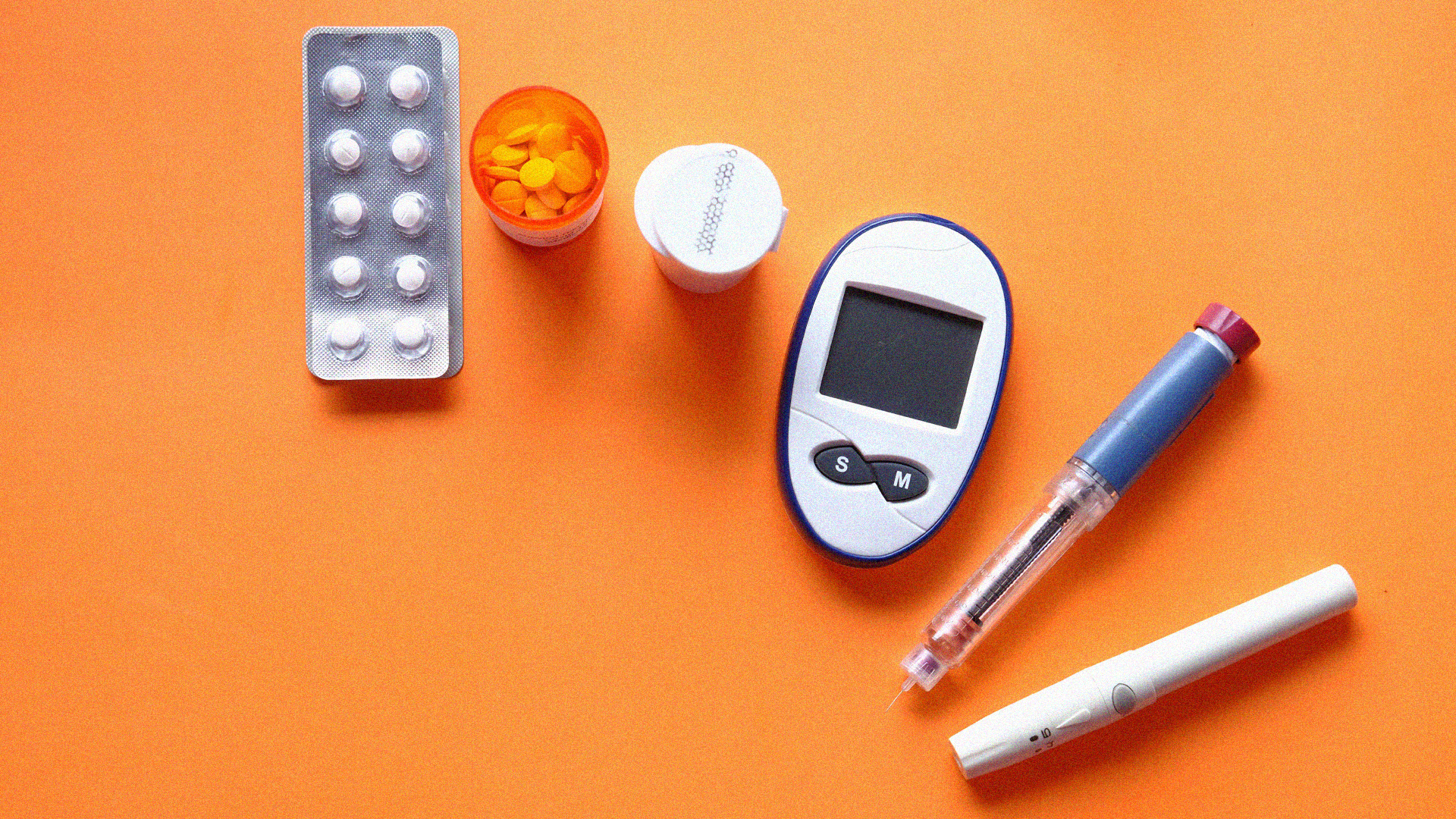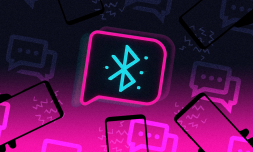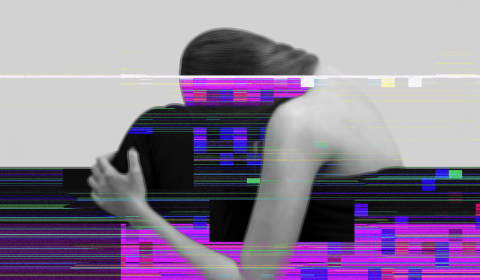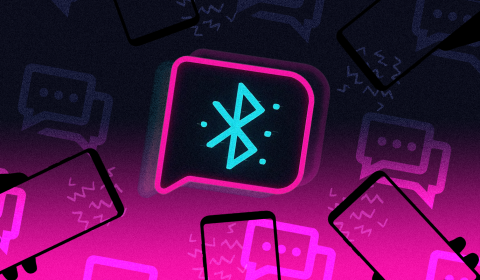Getting diagnosed with Type 1 diabetes at 21 was nothing short of life-changing, but in a matter of weeks I have learned there is a silver lining to everything – even chronic health conditions.
‘There will be moments where you’ll think: “Why me?” but you can’t think that way. Because there is no “why” and this is just something that is now part of what makes you, you.’
My nurse, Dorcas, told me this as I lay on my hospital bed the day I was diagnosed with Type 1 diabetes. She was right; I’ve asked myself ‘why me’ at least a hundred times since my diagnosis three weeks ago.
Accepting I’m now someone who is required to inject insulin at least four times a day and prick their fingers every time they feel stressed or hungry hasn’t been easy. Neither has reading piles of new science pamphlets or having to adjust my work routine to make sure I don’t faint at my desk.
But finding out I had diabetes was probably nowhere near as bad as what would have happened if I hadn’t caught it at all.
So what are the signs to look out for?
On the morning I went into hospital, I woke up with extreme thirst and fatigue – after visiting the loo five times throughout the night – the same way I had been feeling every morning for the previous eight weeks.
These are the three most obvious signs of diabetes, alongside quick and unexplained weight loss. Of course, if you don’t have a family history of diabetes — or a degree in biology — it isn’t something you just know.
Frequently peeing and having to drink up to four litres of water a day does eventually get in the way of your daily activities, so it’s important you get your blood checked out if this is the case.
After blood, weight, and urine checks, my GP sat me down, with concern in her eyes – the first of many that I would be seeing – and told me that it was likely I was diabetic. Given I had been deprived of insulin for a prolonged period of time, causing a lack of energy, my body thought it needed more glucose so had started breaking down all my muscles and fat, she added.
If this happens, you start losing a lot of weight very fast. And this too happened to me completely undetected.
This is known as diabetic ketoacidosis (DKA) – a complication of diabetes that develops when the body can’t use sugar for energy. If left untreated for too long, it can lead to a lot worse than weight loss.
What is Type 1 diabetes?
Type 1 and Type 2 diabetes are both similar, but very different. Type 2 is a consequence of an inactive lifestyle or an unbalanced diet and is most commonly found in older or overweight people.
Type 1 is more common in younger people and occurs when the body attacks the cells in the pancreas that make insulin, which is key to allowing glucose to enter the bloodstream and create energy. The body continues to break down carbohydrates from food and drink but when this then enters the bloodstream, the lack of insulin means the glucose builds up and no energy is produced.
If this continues to happen for a prolonged period of time, your body will assume it is running low on glucose and will try to make more by breaking down your muscles and fat, creating a substance known as ketones.
While 8% of people in the UK have this type of condition, scientists still don’t know what causes it.
What to expect if you’re sent to hospital
If you catch diabetes before it reaches DKA, you likely won’t need to go to hospital. Some researchers are even trying to spot the symptoms before it develops into diabetes. But not everyone will.
I was put in a car directed straight for the Royal London Hospital’s A&E, frantically texting my boss that I was going to need more than just the morning off work, and my mum to make sure she didn’t panic-buy a flight ticket from Italy.
After being officially hospitalised with DKA, my fingers were pricked every hour to check my blood sugar, while several nurses struggled to locate my “wobbly” veins and inspect my ketone levels. I lost a lot of blood that day, and the lack of sleep and food made everything very hazy.
To bring my chemical balance back up, the doctors also plugged me into IVA drips, which fed me with different quantities of potassium, insulin and glucose. Resisting the urge to go to the loo when on a drip was a struggle – if you’ve ever been tied up to an IVA machine, you’ll know those liquids tend to flow fast.




















